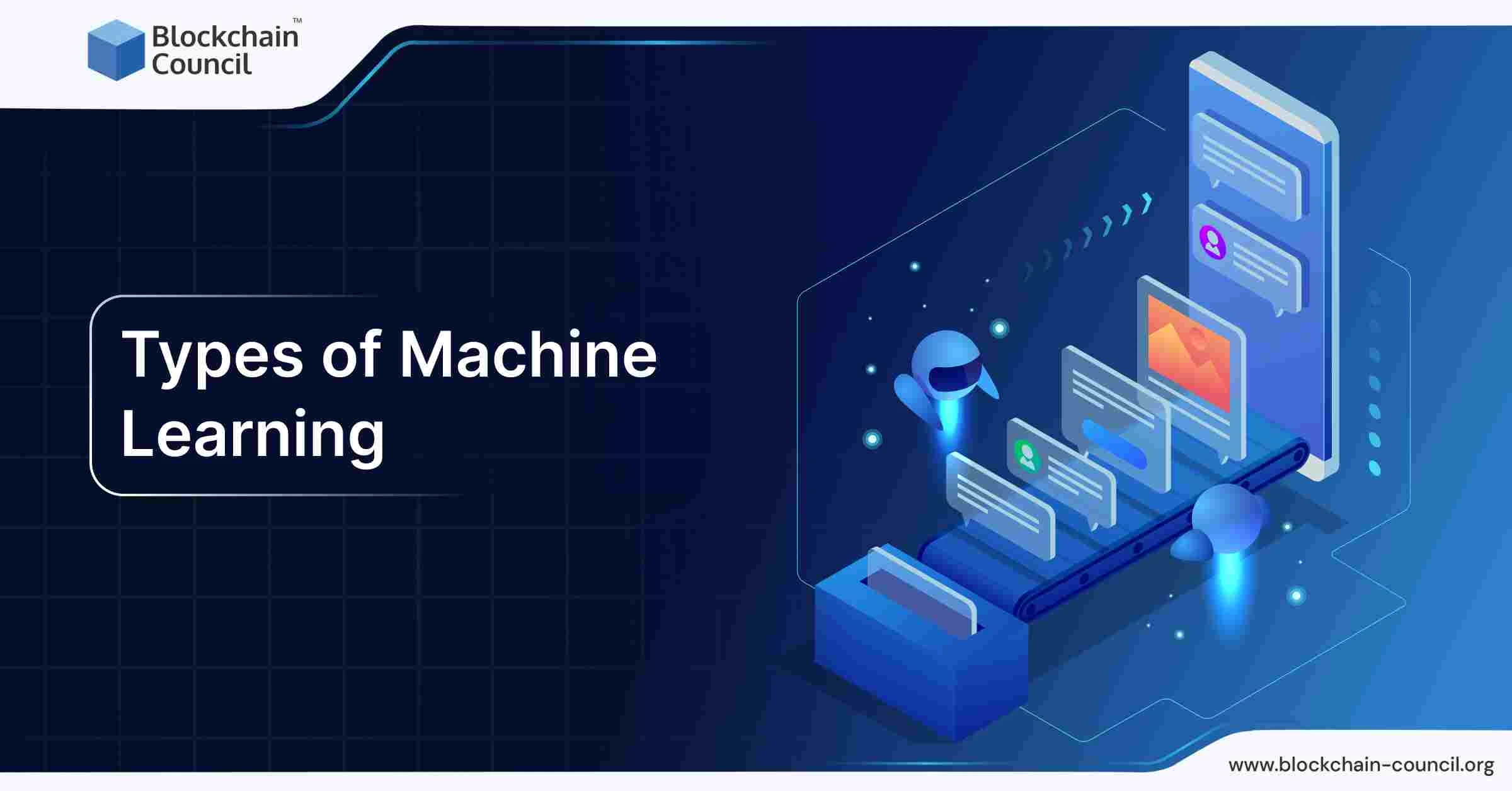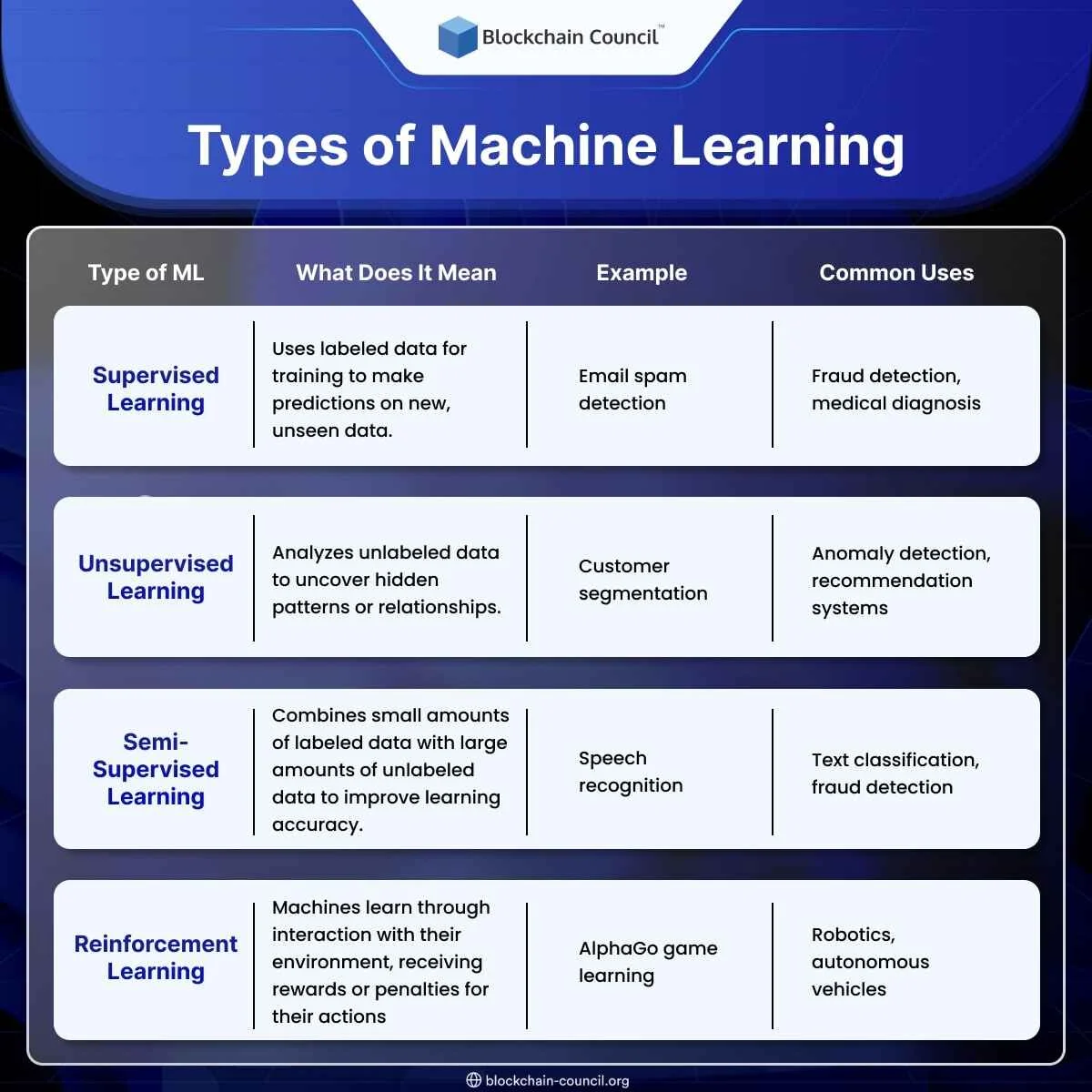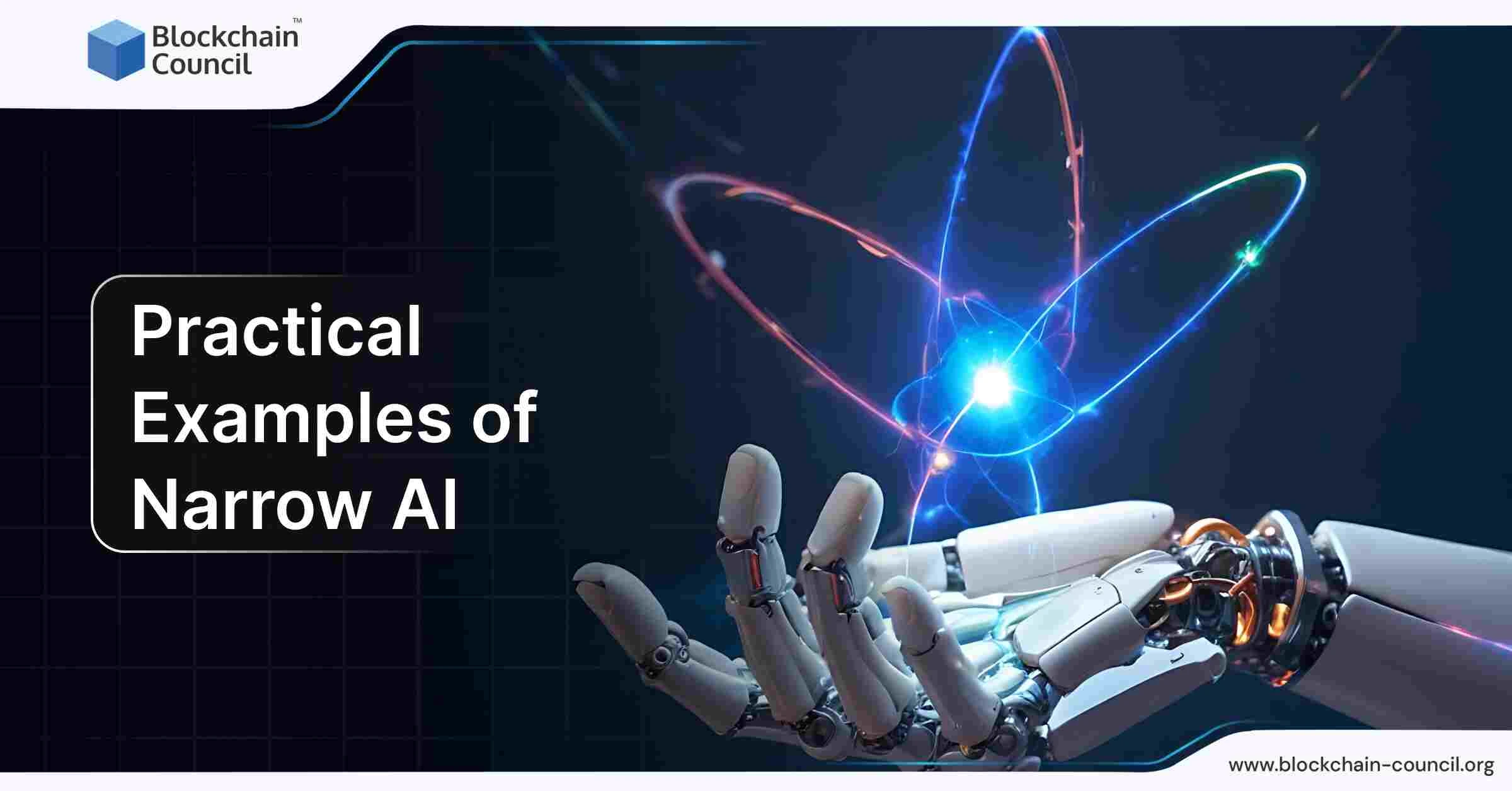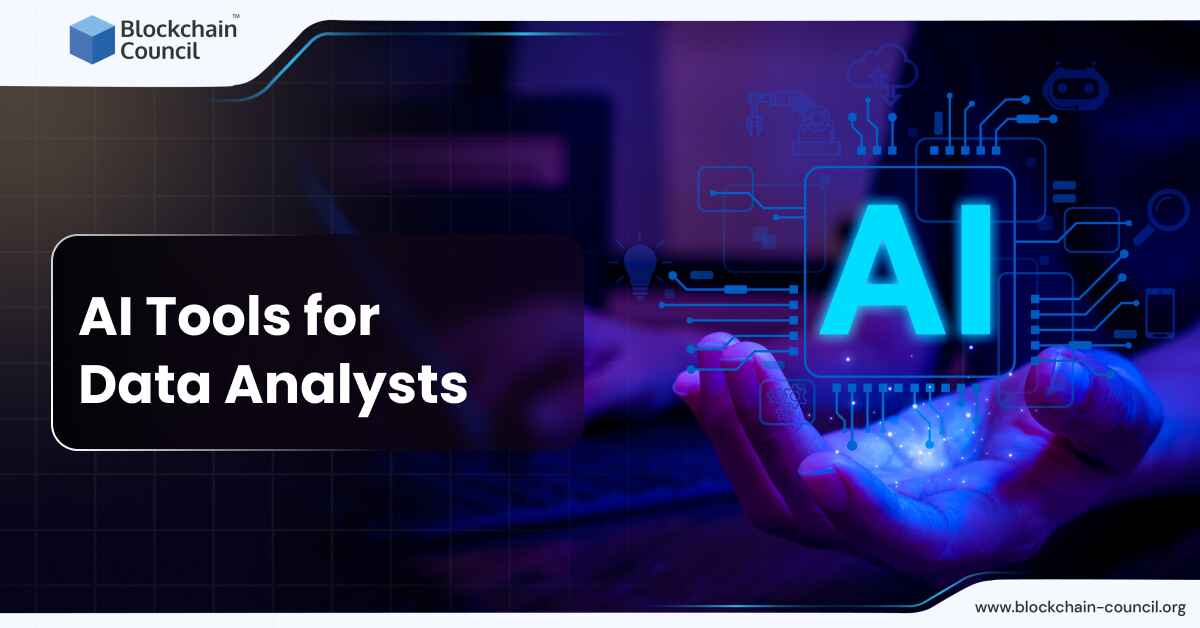
- Blockchain Council
- January 16, 2025
Machine learning (ML), a part of artificial intelligence, enables computers to learn from information and make choices without direct programming. Different machine learning techniques are available, each suitable for various uses. Grasping these types can help understand how machines address practical challenges.
Let’s understand the 4 main types of machine learning.

1. Supervised Learning
Supervised learning is among the most widely used types of machine learning. In this method, algorithms are trained using labeled information, where each input is matched with its correct output. The system utilizes the paired data to forecast outcomes. It helps classify new inputs that it hasn’t seen before.
How It Works: During training, the model receives inputs along with corresponding outputs. For instance, when detecting email spam, the algorithm learns to sort emails into “spam” or “not spam” categories. It uses data that has been labeled before. Once training is complete, the model can categorize new emails with a similar level of accuracy.
Examples:
- Classification Tasks: Sorting emails into spam and non-spam categories or detecting fraudulent bank transactions.
- Regression Tasks: Estimating house prices using features like location and size, or predicting stock market prices.
Applications: Tools for diagnosing diseases from patient information, recommendation systems for suggesting movies or products, and image recognition in self-driving vehicles.
Supervised learning works well when there is plenty of historical information and a clear connection between inputs and outputs.
2. Unsupervised Learning
Unsupervised learning handles data without labels. Unlike supervised learning, there are no predefined answers during the training process. The algorithm examines the data to find patterns or groupings on its own, making it useful for revealing hidden structures without pre-existing labels.
How It Works: The model scans the information to identify inherent patterns or groupings, forming clusters without human guidance. For instance, it can group customers with similar buying patterns even when these patterns were not known before.
Examples:
- Clustering: Grouping customers by their purchasing habits or organizing data in marketing efforts.
- Dimensionality Reduction: Decreasing the number of variables by focusing on the most important ones, often used in tasks like image compression.
Applications: Market basket analysis to find commonly bought items together, spotting unusual activities in network security, and dividing customers into segments for business insights.
Unsupervised learning is useful for exploring data, helping organizations discover insights that may not have been visible.
3. Semi-Supervised Learning
Semi-supervised learning blends aspects of supervised and unsupervised learning. It uses a small set of labeled data and a larger set of unlabeled data. This approach is helpful when obtaining labeled data is costly or difficult, but there’s plenty of unlabeled data available.
How It Works: The algorithm first trains on the small labeled set to recognize basic patterns. It then applies these patterns to the larger unlabeled set, refining its understanding and predictions as it progresses.
Examples:
- Speech Recognition: Identifying spoken words using a limited set of labeled audio samples and then expanding to more data.
- Fraud Detection: Initially training on known fraudulent and legitimate transactions before analyzing a broader set of unlabeled transaction data.
Applications: Classifying text documents, spotting disease outbreaks with limited information, and recognizing images with minimal labeled data.
Semi-supervised learning effectively uses both labeled and unlabeled data, making it a practical choice when labeled data is not readily available.
4. Reinforcement Learning
Reinforcement learning trains algorithms through trial and error in changing environments. An agent interacts with its environment, gaining rewards or facing penalties based on its actions. Over time, it learns the best actions to take to maximize these rewards, much like learning a new skill through feedback.
How It Works: The model doesn’t receive any labeled data; instead, it learns from the outcomes of its own actions. For instance, a robot can learn how to navigate through a maze. It earns rewards for moving closer to the exit and faces penalties for incorrect moves.
Examples:
- Gaming: Algorithms that learn to master games like chess or Go through continuous play and feedback.
- Robotics: Training robots to complete complex tasks, such as handling objects or moving autonomously.
Applications: Self-driving cars learning optimal driving strategies, dynamic pricing models in finance, and personalized recommendations on online platforms.
Reinforcement learning works well in situations where decisions happen over time. Actions in these scenarios have long-term impacts.
Conclusion
Machine learning keeps expanding, leading to various uses from healthcare to self-driving cars. Each type—supervised, unsupervised, semi-supervised, and reinforcement learning—offers different advantages tailored to specific challenges. By exploring these types, learners can better understand how machines improve their predictions, classifications, and decision-making skills in everyday contexts.





































































 Guides
Guides News
News Blockchain
Blockchain Cryptocurrency
& Digital Assets
Cryptocurrency
& Digital Assets Web3
Web3 Metaverse & NFTs
Metaverse & NFTs
